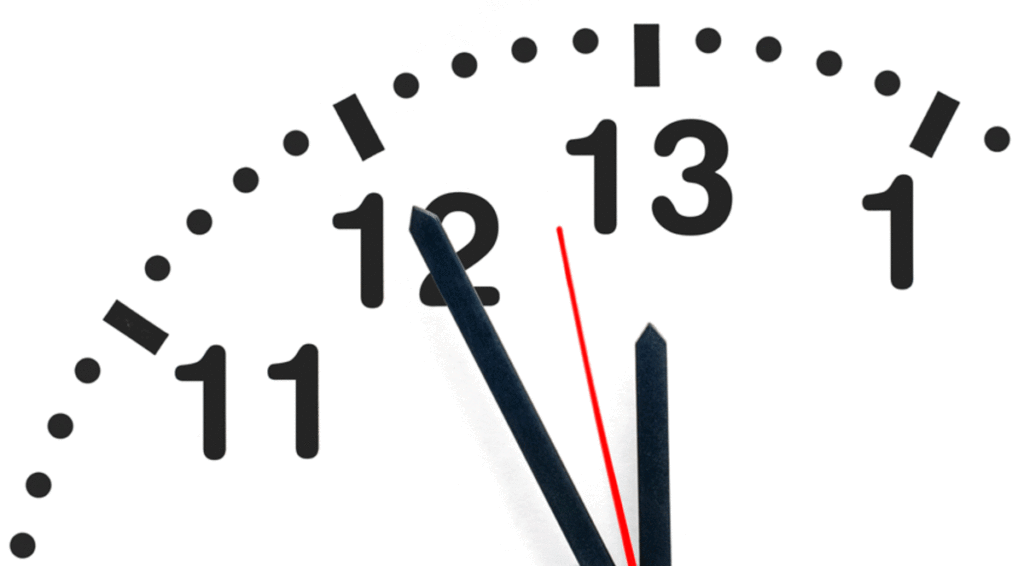

This happened only when the mechanical clocks were created to display minutes at about the end of the 16 th century. It should be noted that the public did not think about minutes and seconds until much later. It is unknown where the number 60 came from, however, it is possible that this was due to it being the smallest number divisible by the first six counting numbers (1-6) as well as by 10, 12, 15, 20, and 30. At this point people did not think of the night as a continuation of the day, but rather the opposite of it, thus the number 12 instead of 24. This was probably due to the number of lunar cycles or because of the counting technique using the thumb. However, the civilizations first to invent this used either a 60-based or a 12-based system (duodecimal).Įgyptians are thought to be the first to invent the sundial and used it to divide the day into twelve parts. It is suggested that the reasons for the origins of the system are based on the fact that people are able to count to twelve on one hand (using the thumb). It has sixty as its base: 60 minutes in an hour, 60 seconds in a minute. It is used for measuring time, angles, and geographic coordinates. The system by which we keep time is called Sexagesimal and goes as far back as 2000 b.c. Understanding time keeping can help you better understand time calculations and their complexities. History of time keeping and time calculation

** The second is the SI (The International System of Units) base unit. This also affects the number of hours, minutes, and seconds in a year. * Every four years there is a "leap year" with 366 days due to February having one more day. Converting all times, including the interval to add or subtract to seconds and then working with timestampts is often the preferred way of going about it. Understanding all time units is important for accurate time addition / subtraction. Then enter how many days you wish to add, in this case it is 18, and click "calculate" above. To estimate when your check-up is due, first enter the current date, e.g. By hitting the "calculate" button you will be shown the result in the bottom, which in this case is 17:50, or 5:50 pm.Įxample 2: If your doctor asks you to go for a check-up in 18 days, you might want to set a reminder. You need to enter "11:20" in the "Time" box and then using the "add time" function you will enter "6" in the "hours" box and "30" in the "minutes" box. Let's say right now it is 11:20 and you want to find out when to set the oven timer to. Examples of addition and subtraction of time intervalsĮxample 1: You might wish to cook a meal which needs to be in the oven for 6.30 hours. For example, enter 10 in the "Hours" field to see what time it will be in 10 hours, or enter "10" in the "Minutes" field to see what time it will be in 10 minutes. Then, enter the number of hours or minutes in the respective field and press "Calculate". To get the answer while using our tool above, simply load the page (or reload if it is already open) so the "Initial Date & Time" fields show your current date and time. Questions like "What time will it be in 20 minutes?" or "What time will it be in 20 hours?" can easily be answered by time algebra.

One of the most common applications of a time calculator is to determine what time will be a given number of hours into the future.

What time will it be in X hours or minutes This is most important when it comes to addition or subtraction of months, years, or decades. If performing time addition or time subtraction by hand, a good approach is to first convert the input time interval into a convenient unit with a fixed number of seconds ( see the table), and then to start with the greatest time unit that would be altered and move down towards the smallest one. Simply be sure to provide the correct data in the forms above. This online time calculator, however, will be precise in its results regardless of whether you are working with a leap year or not, for example. So, if relevant to your case, be sure to acknowledge this. For example, a year is accepted to be 365 days but sometimes it is 366 a month is around four weeks but not precisely 28 days, etc. When calculating time it is important to be aware that there are exceptions to some of the commonly accepted assertions. The clock calculator allows you to add or to subtract from that time, calculating the final result to the second, if needed. To add and subtract time with the time calculator you need to know the initial time you want to start with. History of time keeping and time calculation.Examples of addition and subtraction of time intervals.What time will it be in X hours or minutes.


 0 kommentar(er)
0 kommentar(er)
